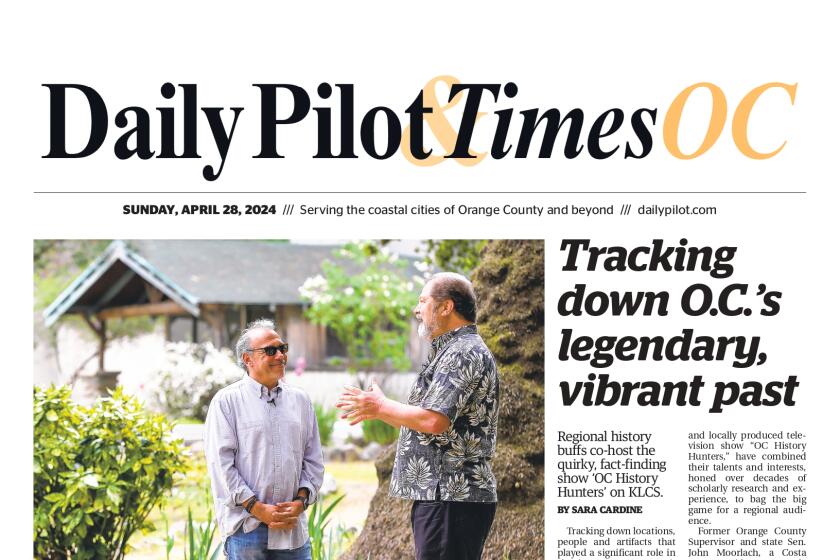Costa Mesa council advances new standards for ‘granny flats’
A split Costa Mesa City Council voted Tuesday night to advance new regulations intended to allow development of accessory housing units — also known as “granny flats” — on smaller properties than currently permitted.
On a 3-2 vote, with Councilwoman Katrina Foley and Councilman John Stephens opposed, the council decided to set the lot size necessary to develop secondary units at a minimum of 7,900 square feet.
That’s down from the current requirement of 8,500 square feet but above the 7,500-square-foot threshold recommended by the city Planning Commission for single-family areas.
Council members who supported the action said a higher-than-recommended square-footage floor will help shield neighborhoods from an influx of accessory units, which can be freestanding structures, attached to a home or fashioned out of existing space such as a garage.
“I believe we need to be cautious because our single-family neighborhoods are at risk,” Mayor Sandy Genis said. “I believe we need to do what we can to maintain the character of our neighborhoods.”
Under the planned new rules — which will return to the council for final review and adoption at a future meeting — detached and connected secondary units would be capped at 800 square feet. Attached units also would be limited to 50% of the existing living area.
Currently, accessory units in Costa Mesa can be as large as 1,200 square feet.
Foley and Stephens said they needed more information before making a decision on the new regulations, such as how the lot-size standard would affect different areas of the city.
“I would rather be more informed and weigh all the options based on looking at what are the different neighborhoods, the average lot sizes in the neighborhoods, instead of just picking some random number out of the air,” Foley said.
The two also said they want to make sure whatever the council does won’t run afoul of recently passed state laws aimed at making it easier to build supplemental units that, in theory, could help address California’s housing needs.
“I think this [accessory units] is a small way that a segment of our community can allow their children, the next generation, to actually be retained and create some continuity in our community that we won’t otherwise have because of the price of housing,” Stephens said.
Genis said staff can prepare additional information like what Foley and Stephens requested for when the topic returns to the council.
“If we get the new information and it changes how we think, then we have the opportunity to amend the ordinance,” Genis said.
Twitter @LukeMMoney
All the latest on Orange County from Orange County.
Get our free TimesOC newsletter.
You may occasionally receive promotional content from the Daily Pilot.




